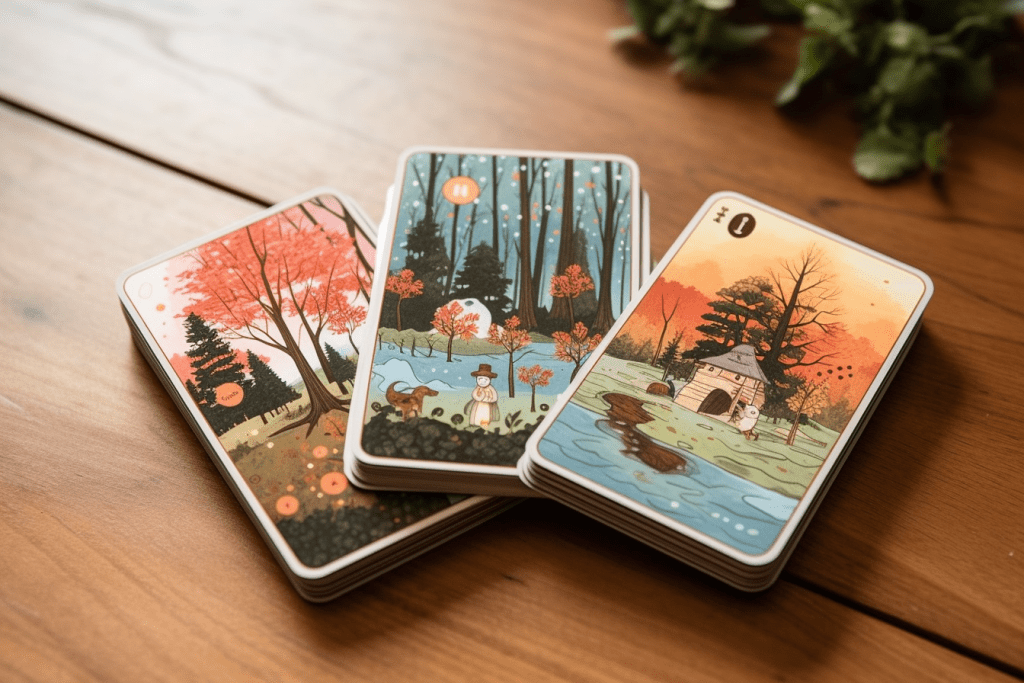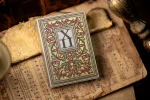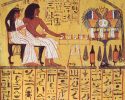Why Are There 52 Cards In A Deck?
Have you ever wondered why a standard deck of playing cards always contains exactly 52 cards? The most accepted answer is that the four suits represent the four seasons, the 13 cards per suit correspond to the thirteen weeks in each season, and the result is a total of 52 cards — symbolizing the fifty-two weeks in a year.
A Brief History Of The Card Game
Playing cards have a long and diverse history, originating in ancient China around the 9th century. From there, they spread to the Islamic world and eventually reached Europe by the late 14th century. Throughout their journey, playing cards underwent various changes and adaptations, eventually leading to the development of the standard deck we use today.
The Imagery Of Playing Cards
Before we delve into the numerical aspects of a deck of cards, let’s take a moment to appreciate the imagery found on them. The four suits—hearts, diamonds, clubs, and spades—are represented by unique symbols, each with its own symbolic meanings. These symbols have evolved over time, reflecting cultural influences and personal interpretations.
The concept of suits in playing cards can be traced back to Mamluk Egypt in the 13th century. The Mamluks used decks with four suits: cups, coins, swords, and polo sticks, similar to modern Tarot decks. When playing cards made their way to Europe, these suits transformed into the hearts, diamonds, clubs, and spades we are familiar with today. Some believe the four suits represent the four seasons of the year. While the belief of some that the suits represent the four seasons and the 13 cards per suit corresponding to the weeks in each season is a popular interpretation (see below), it’s worth noting that the symbolism attached to the suits can vary across different cultures and contexts.
Are There 52 or 54 Cards?
When discussing a standard deck of playing cards, the general consensus is that it consists of 52 cards with two extras known as Jokers. Most card games do not use the Jokers, but they are lovely cards, and in many children’s games they are used as ‘wild’ cards.
How Many Cards Are There per Suit?
In a standard deck, each suit consists of 13 cards. These cards typically include the Ace, numbered cards from 2 to 10, and the face cards: Jack, Queen, and King. This arrangement provides a balanced distribution of cards within each suit, allowing for a variety of games and strategies.
Why Are Playing Cards Red and Black?
One characteristic feature of playing cards is the division of colours—red and black. The choice of these colours is not arbitrary; it carries historical and cultural significance. Red cards, which include hearts and diamonds, are often associated with positivity, passion, and warmth. Black cards, represented by clubs and spades, are commonly linked to mystery, darkness, and seriousness. In the Calendar symbolism below, the red and black represent day and night.
In the game of bridge, the Hearts and Spades are considered Major Suits and the Clubs and Diamonds are considered Minor Suits. Bridge contracts in the major suits are worth more points than those in the minor suits.
The History of Playing Cards
Playing cards originated in ancient China, traveled across various regions and cultures, and underwent numerous transformations along the way. The evolution of playing cards eventually led to the standard 52-card deck we know today, influenced by French playing cards that gained popularity in the 15th century.
Now for Some 52 Card Pickup!
While the explanation linking the 52 cards in a deck to the four suits representing the four seasons and the 13 cards per suit corresponding to the weeks in each season is widely accepted, it’s important to note that there are alternative theories and historical influences that may have contributed to the specific number of cards in a deck. Here are a few additional possibilities:
- Tarot Influence: Some theories suggest that the number 52 was influenced by the Tarot deck, which consists of 78 cards. The Tarot deck includes the 56 Minor Arcana cards divided into four suits (Wands, Cups, Swords, and Pentacles), similar to the suits in a standard deck of playing cards. The remaining 22 cards in the Tarot deck are the Major Arcana. It’s possible that the standard deck was derived from the Tarot deck, with the Major Arcana cards being excluded, resulting in the 52-card deck.
- Numerological Significance: Numerology, the belief in the mystical significance of numbers, may have played a role in determining the number of cards in a deck. The number 52 could be seen as significant due to its mathematical properties. For example, 52 is divisible by 13 (the number of cards per suit) and by 4 (the number of suits), resulting in balanced and divisible arrangements within the deck.
- Practical Considerations: The size and composition of playing cards may have influenced the number in a deck. A 52-card deck strikes a balance between having enough cards for a wide range of games and maintaining a manageable size for shuffling, handling, and storage. It is a practical compromise that allows for versatility and ease of use.
- Historical Evolution: The specific number of cards in a deck may have evolved over time through a combination of cultural influences, regional variations, and the popularity of certain card games. As playing cards spread across different countries and civilizations, the number of cards in a deck varied. Eventually, through standardization efforts and the influence of popular decks, the 52-card deck became widely accepted and adopted.
Playing cards represent the Calendar
Here is a lovely outline of playing card symbolism that may or may not be true, but it makes a lot of sense upon reading:
It’s worth noting that the history of playing cards is complex and spans many centuries, with numerous regional and cultural variations. The precise reasons for the adoption of 52 cards may not be definitively known, and it’s likely that a combination of factors contributed to the establishment of this particular deck configuration.
In conclusion, the most accepted explanation for why there are 52 cards in a standard deck draws upon the symbolism of the four suits representing the four seasons and the 13 cards per suit signifying the thirteen weeks within each season. This arrangement aligns with the fifty-two weeks in a year. While opinions may vary and alternative theories exist, this explanation provides a cohesive interpretation that adds depth to the design of playing cards.
Next time you shuffle a deck and deal out the cards, take a moment to appreciate the rich history, symbolism, and mathematical precision behind those 52 cards. Whether you’re enjoying a friendly game with friends or engaging in strategic gameplay, let the deck of cards serve as a reminder of the passage of time, the changing seasons, and the timeless enjoyment of card games.
Related articles
Identities and Fashions – What playing cards can reveal about us
Gender Neutral Playing Cards Have Everyone Talking





